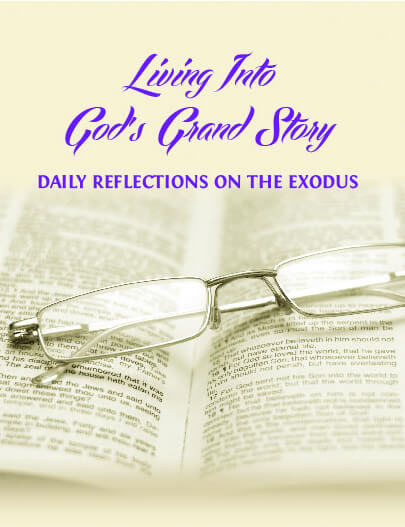
Joshua 3:1-6
“Impossible! What is God thinking! How can we ever cross over?” That surely is what every Israelite must have thought standing on this side of the Jordan staring at the floodwaters. At this time in late April or early May the snow on Mount Hermon is melting and the rainy season ending. The Jordan swells to its widest, deepest, and swiftest; it “overflows all its banks throughout the time of harvest” (Joshua 3:15). While the rest of the year the Jordan flows about 100 feet wide at this point, it now overflows to an impassible width of 300-350 feet and 10-12 feet deep. They couldn’t swim the raging floodwaters or build enough rafts to ferry two million men, women, and children to the other side. It is little wonder that God had repeatedly commanded Joshua: “Be strong and courageous; do not be frightened or dismayed, for the LORD your God is with you wherever you go” (Joshua 1:9).
No longer can they look overhead and see the comforting sight of the pillar of cloud and fire that represented God’s presence with them. Now the pillar has departed and God will guide and manifest His presence among them in new ways. The Ark of the Covenant, which had always been carried in the center of the camp, will now be moved to a forward position to guide the whole procession. The Ark of the Covenant is the visible manifestation of God’s presence with His people. The prominence of the Ark of the Covenant is emphasized as it is mentioned 10 times in the 17 verses of Joshua 3.
It is called the Ark of the Covenant because it represents the covenant commitment that God had made to His people. The Ark was a constant reminder that they had the right to say, “You are our God, and we are your people”. God required that there be a space between the people and the Ark, “a distance of about two thousand cubits (1000 yards), do not come any nearer to it”. This meant that the people were to respect the holy presence of God symbolized by the Ark. The Ark going ahead of the people pointed to the fact that the Israelites could not possess the Promised Land in their own strength, but only in the strength of the Lord.
In order to prepare themselves for crossing over the Jordan the people were commanded: “Sanctify yourselves; for tomorrow the LORD will do wonders among you”. The Hebrew word translated as “sanctify” is qadosh and means “to set apart, to consecrate, to hallow”. This was a word often used for the vessels in the tabernacle and temple, for the sacrifices, and for the priests, signifying being holy and set apart for God.
In the Wilderness the Israelites had been set apart by God to live as “a priestly kingdom and a holy nation” to serve Him in the world (Exodus 19:6). Now, as they are about to enter the Promised Land, they must in their hearts and minds set themselves apart for God’s service. Similarly today, we must see ourselves as “a royal priesthood, a holy nation, God’s own people, in order that you may proclaim the mighty acts of God who called you out of darkness into his light” (I Peter 2:9). So each day we seek to live set apart for God’s service in the world. We are not our own, but belong to God.
REFLECTION
- Throughout Scripture we see God using different means to guide His people, e.g. the Ark of the Covenant, pillar of cloud and fire, prophetic revelation, counsel of the wise, dreams, etc. Are you seeking God’s guidance today? Consider this prayer for guidance by James Dobson:
I get down on my knees and say, ‘Lord, I need to know what you want me to do, and I am listening. Please speak to me through my friends, books, magazines I pick up and read, and through circumstances’ (quoted by Dallas Willard, Hearing God).
- Try this as a prayer you repeat throughout your day: “Speak Lord, for your servant is listening” (I Samuel 2:11).



